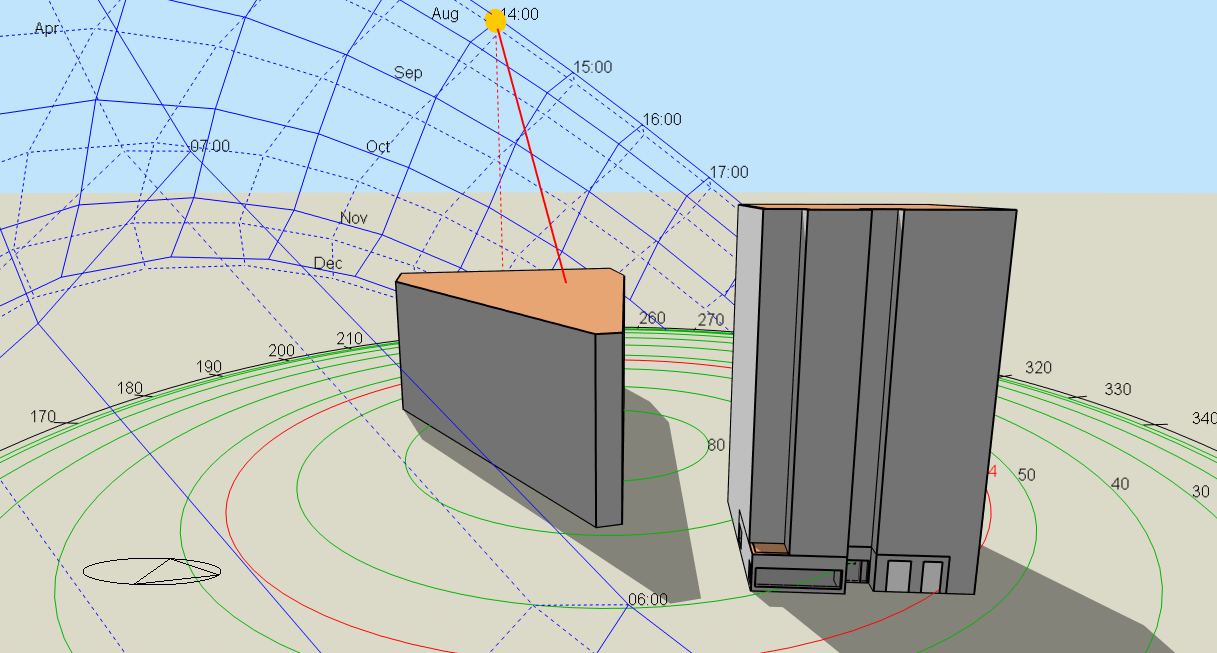Daylight/Sunlight & Overshadowing Assessment
Why Do I Need Internal an Overshadowing Impact Assessment?
Daylight, sunlight and overshadowing impact assessments are often required in the urban environment when a proposed development has the potential to affect the level of light to windows and gardens
Daylight and Sunlight Assessments can help improve the design of a scheme at all stages in the design process from scoping out development potential and identifying specific site constraints to quantifying daylight and sunlight provision inside new dwellings and Neighboring Properties. The impact of a new development on the daylight and sunlight provision of its surroundings is a material planning consideration.

These are generally required to ascertain the impact of your proposals on neighbouring buildings, with respect to daylight levels and access to direct sunlight. A BRE neighbouring properties report will typically contain the following tests:
- Vertical Sky Component
- Daylight Distribution /No Sky Line (where room layouts are known)
- Daylight Provision (where BRE Appendix F criteria applies)
- Annual Probable Sunlight Hours
- Overshadowing to Gardens and Open Spaces
| Assessment | Method | 2022 BRE Criteria |
|---|---|---|
| Daylight | Vertical Sky Component (VSC) | A window may be adversely affected if its VSC measured at the center of the window is less than 27% and less than 0.8 times its former value. |
| No Skyline (NSL) | A room may be adversely affected if the daylight distribution (NSL) is reduced beyond 0.8 times its existing area. | |
| Sunlight | Annual Probable Sunlight Hours (APSH) | A window may be adversely affected if a point at the center of the window receives for the whole year, less than 25% of the APSH including at least 5% of the APSH during the winter months (21 September to 21 March) and less than 0.8 times its former sunlight hours during either period, and for existing neighboring buildings, if there is a reduction in total APSH which is greater than 4%. |
| Overshadowing | Sun Hours on Ground (SHOG) | An amenity area may be adversely affected if less than 50% of its area receives less than 2 hours of direct sunlight on 21st March and less than 0.8 times its former value. |
How we can help
We have a number of tools suitable for both small developments, as well as larger developments to assessed lighting. We have the tools to calculate Vertical Sky Components (VSC), Annual Probable Sunlight Hours (APSH) and Daylight Factors. In addition, we are able to use Climate Based Daylight Modelling (CBDM) in line with the new and revised 2022 edition of the guidance.